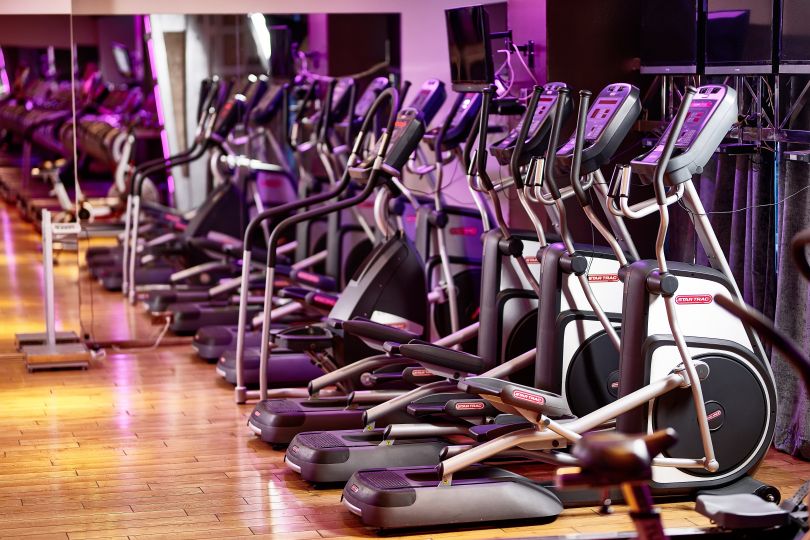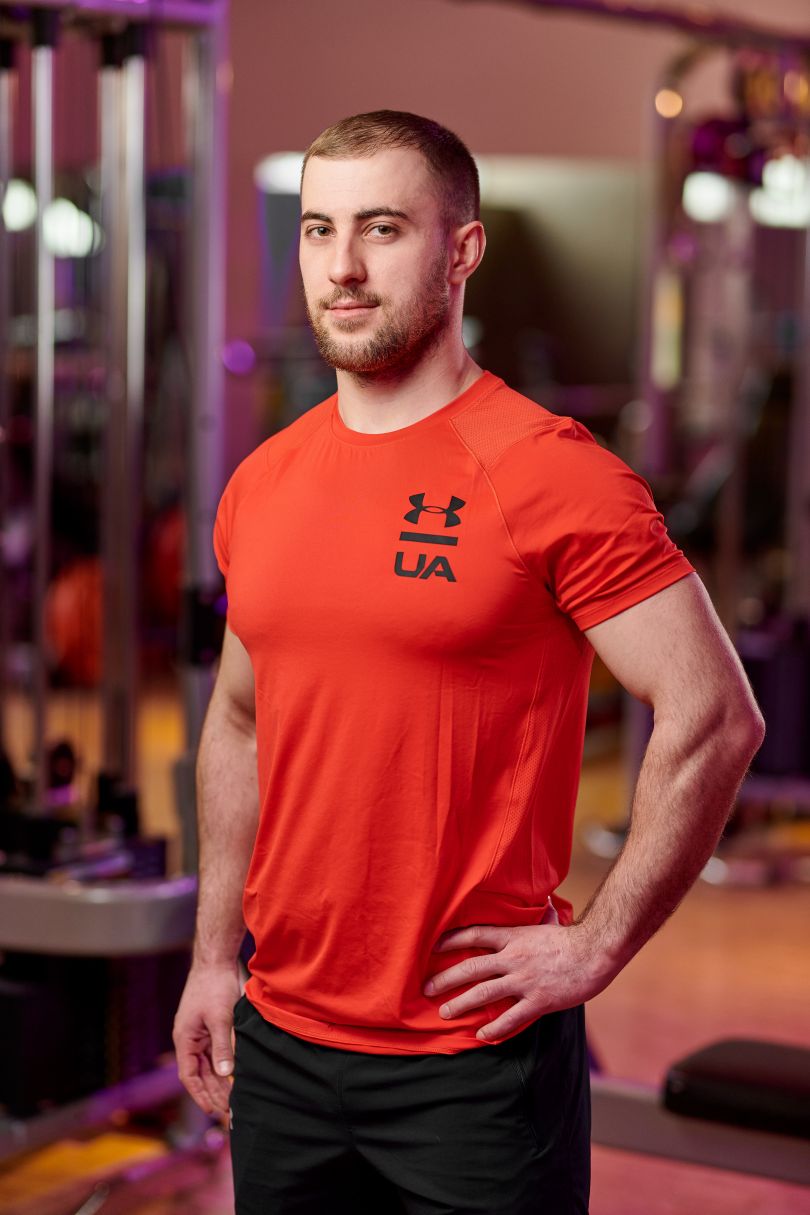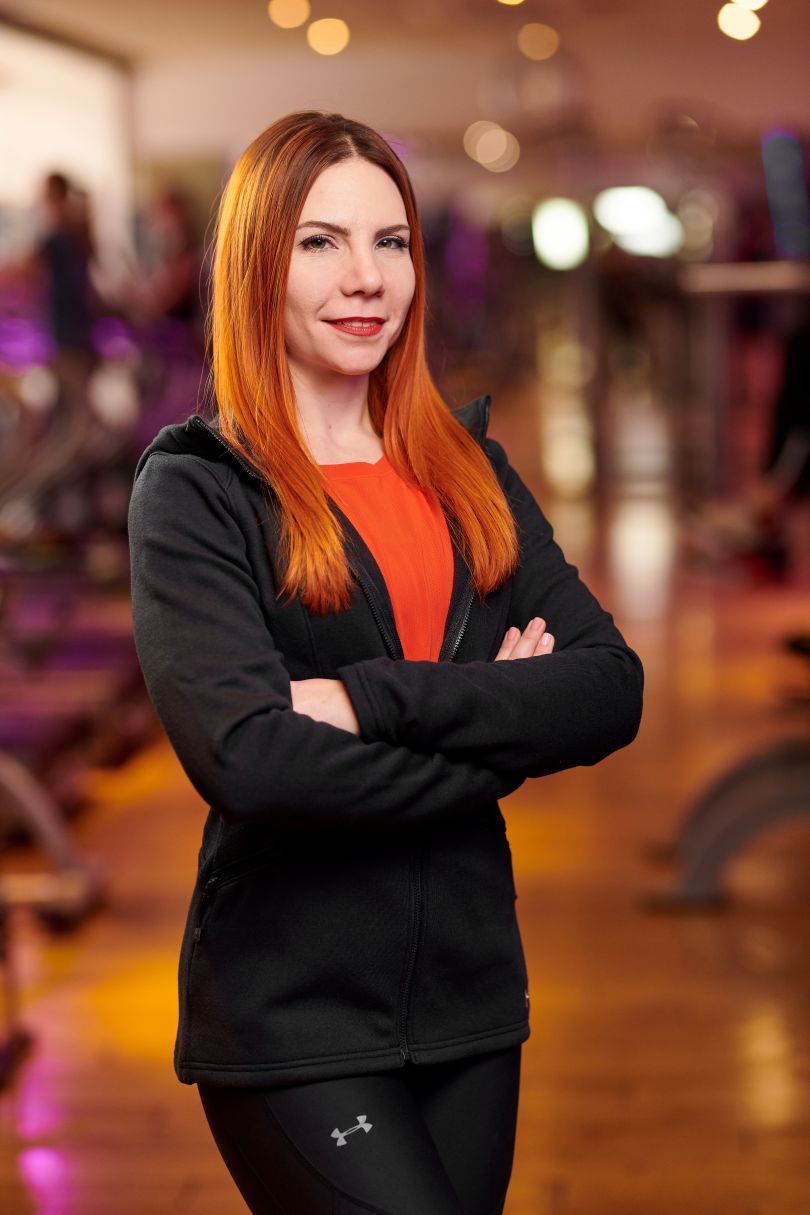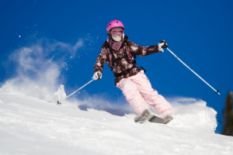- ‘Stay hydrated’ became the epitome of self-care. So what is the needed intake of water per day? How should one drink water before workouts? Is there a difference in the amount of water you should drink in winter and summer?
 According to NASEM (The National Academies of Sciences, Engineering, and Medicine) recommendations, an adequate amount of fluid intake per day is 2.7 liters for women and 3.7 liters for men. This includes water and other drinks - they, as sources of the liquid, should make up 80% of the total liquid intake. The other 20% of the liquid humans get from food. It’s important to note that this amount may vary depending on various factors.
According to NASEM (The National Academies of Sciences, Engineering, and Medicine) recommendations, an adequate amount of fluid intake per day is 2.7 liters for women and 3.7 liters for men. This includes water and other drinks - they, as sources of the liquid, should make up 80% of the total liquid intake. The other 20% of the liquid humans get from food. It’s important to note that this amount may vary depending on various factors.
In hot or humid weather, your body requires more fluid, because a part of it is lost when you are sweating – it is body’s natural protection from overheating. Therefore, if you plan to have a walk under the scorching sun, drink water before going out! It is also important to increase the amount of fluid consumed if you are planning intensive training:
- 500-600 ml of water 2-3 hours before a workout or 200-250 ml 20-30 minutes before a workout;
- 200-300 ml during exercise;
- 200-250 ml in 30 minutes after training.
If your workout lasts more than 60 minutes, opt for sports drinks, because they restore electrolyte balance, which is disturbed by intense perspiration.
- What exercises for a home workout would you recommend?
We would recommend starting with the basics – squats, push-ups, planks and abs crunches. American Council of Exercise provides a good detailed instruction how to do each properly.
Let’s look at squats:
- Starting Position: Begin standing with your feet slightly wider than hip-width, with the toes turned slightly outwards. Shoulder blades should be lowered.
- Tighten the abdominal muscles to stabilize the spine. Transfer weight to your heels.
- Start the downward movement by moving back your hips and only then going downwards while bending the knees. Keep your abdominal muscles tight and your back straight.
- Keep going down until your hips are parallel or almost parallel to the floor, or until the heels start to lift off the floor. Make sure your feet do not move, your ankles do not move inward or outward, and your knees were always aligned with 2 toes.
- From the lowered position, exhale and bend your knees and hips to distribute the pressure over the entire foot.
Push-ups can be mastered by rookies with the correct technique:
- The initial position has two options - for the beginners, a plank on the knees, a more complicated one - plank with palms placed on the floor at shoulder width. Tighten your abdominals.
- While inhaling, bend your elbows (keep the approximate 45° angle between the body and shoulders) and lower the body down until the rib cage touches the floor. Keep your lower back in a neutral position.
- Upon the exhale, push away from the floor, creating pressure through the arms and straightening the arms in the elbow joints.
Planks also demands following instructions:
- From the initial position - lying on the stomach - lift the shoulders, placing the elbows under the shoulder joints, forearms on the floor parallel to each other and palms resting on the floor. Tighten the muscles of the front of the thigh, straightening the legs at the knees, stretch back the heel. Tighten the abdominal muscles by pulling in the abdomen to stabilize the body.
- Slowly raise the pelvis above the floor, keeping tension in the abdominal muscles and hips, knees straight, heels backward. Avoid dropping in the lower back, raising the pelvis or bending the knees. Keep your breathing steady. Hold this position for 15 seconds.
- While maintaining the neutral position of the waist, slowly lower to the starting position. If you feel pain in the lower back during this exercise, we recommend that you consult your doctor.
Finally, the abs crunches:
- Starting position - lie on your back, bend your legs at the knees of the foot and press them to the floor.
- Place your palms behind your head, keeping the shoulder blades together and opening your elbows. Keep the lumbar section flat.
- Exhale, contract your abdominal muscles and slowly twist the body towards the hips. The movement should focus on bringing the ribs and pelvis closer together, keeping your neck muscles relaxed. Continue twisting until the upper back rises above the floor. Hold this position for a short time.
- On the exhale, slowly "unwind" and return to the starting position, keeping the feet, sacrum and lumbar section pressed to the floor.
- What should the rookies in the gym pay a special attention to?
 Maksym: If you decide to fulfill the New Year resolution to get in shape, the first thing you need to do is choose a fitness club. Consider clubs located close to your place of work or near your home - this will save the time you spend on the road. Make sure you have comfortable clothes to work out in - the gym clothes should not hold down movements, it's better to opt for materials that allow the body to breathe. Then, choose comfortable shoes - running shoes will always be a good choice. Take a towel and water with you if the club does not provide them.
Maksym: If you decide to fulfill the New Year resolution to get in shape, the first thing you need to do is choose a fitness club. Consider clubs located close to your place of work or near your home - this will save the time you spend on the road. Make sure you have comfortable clothes to work out in - the gym clothes should not hold down movements, it's better to opt for materials that allow the body to breathe. Then, choose comfortable shoes - running shoes will always be a good choice. Take a towel and water with you if the club does not provide them.
When you first cross the threshold of the gym, start with an introductory tour - find out where the training zones and simulators are. Most fitness clubs offer a trial lesson - make sure to use it! You will have the opportunity to explore the club services, equipment and rules of its usage. If you are a newbie and have not previously hit the gym, we recommend working out with a personal trainer who will help you master the correct technique of the exercises, select the correct training scheme depending on your goals and initial physical form, as well as give recommendations on nutrition.
Moreover, working out with a coach can add the needed confidence during workouts in the gym with other people. You can also find a friend who's been planning to join the gym for ages - you can motivate each other to develop your skills. By the way, split training with a personal trainer will cost you less.
- Is it true that daily walks are really that useful for the body – even for those who don’t really enjoy sports? How long does it take until you can see the tangible changes?
 Valentyna: Daily walks are useful for everyone, regardless of the level of physical fitness. Moreover, a type of low-intensity cardio workouts - LISS (low-intensity steady-state) is gaining popularity these. One of its forms is walking at a speed of up to 8 km/h on level ground. This type of training is perfect for beginners who have no experience of training, especially for those who lead mostly sedentary lifestyles - the majority of office workers, as well as people with injuries of the musculoskeletal system. Regular walks help to train the cardiovascular system, increase muscle tone, improve the mood and normalize the nervous system.
Valentyna: Daily walks are useful for everyone, regardless of the level of physical fitness. Moreover, a type of low-intensity cardio workouts - LISS (low-intensity steady-state) is gaining popularity these. One of its forms is walking at a speed of up to 8 km/h on level ground. This type of training is perfect for beginners who have no experience of training, especially for those who lead mostly sedentary lifestyles - the majority of office workers, as well as people with injuries of the musculoskeletal system. Regular walks help to train the cardiovascular system, increase muscle tone, improve the mood and normalize the nervous system.
In addition, low-intensity workouts contribute to weight loss and are a good addition to basic training, as they improve fat metabolism. According to the recommendations by Physical Activity Guidelines for Americans, adults need 150 minutes of cardio training per week to get a visible effect. These workouts should be broken down into shorter sessions (from 10 minutes) within a week. In the future, it can be increased to 300 minutes (5 hours) per week.
- Maksym, Valentyna, please, share your personal motivation. How sport inspires you? What type of workout you like the most?
Maksym: For me, it is my personal records, overcoming obstacles and my personal growth. I like CrossFit, because it is a sport that involves continuous improvement and development of all the physical qualities that a person can bear. Besides, sport simply helps me to stay healthy and fit.
Valentyna: My motivation is a feeling of being fit and, of course, my well-being. Plus, I like the process of training and the “muscular joy” after. I can advise those who are just starting to workout to try different types of training and choose the one that will bring pleasure - in this case, success is guaranteed!
Photos provided by BODYART / FITNESS.







